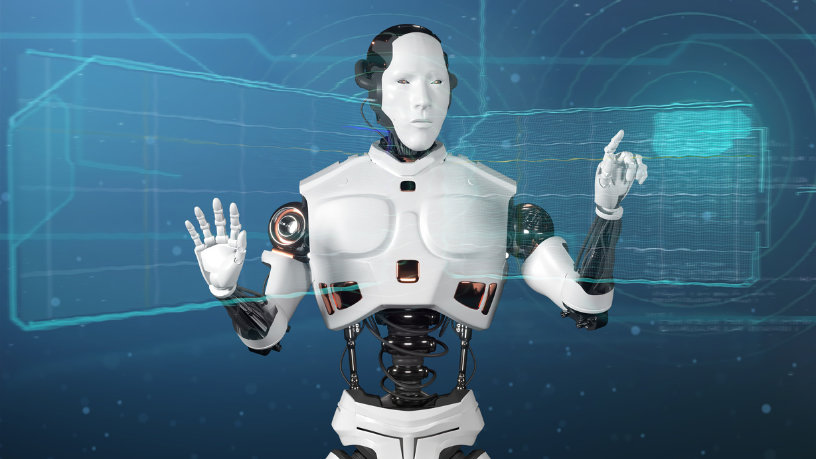The growing presence of artificial intelligence (AI) in various areas of society has generated a significant demand for technologies that can distinguish humans from robots. As digital interactions become more common, the need to ensure that users are dealing with real people becomes increasingly crucial. This concern is especially relevant in a scenario where digital fraud and online scams are on the rise, putting individuals’ security and privacy at risk.
The ability to identify whether an interaction is with a human being or a robot is essential for fraud protection. As AI advances, robots are becoming increasingly sophisticated, making it difficult for users to discern between a genuine interaction and an automated one. This situation has led companies and developers to seek technological solutions that can authenticate users’ identities, ensuring that interactions are legitimate.
One approach to addressing this issue is the use of biometric verification systems. Technologies such as facial recognition, fingerprinting, and voice analysis are being implemented to confirm the identity of users. These solutions not only help prevent fraud, but also provide a safer and more reliable experience for consumers. As technology advances, the accuracy and effectiveness of these tools continue to improve.
In addition to biometric solutions, other technologies are being developed to differentiate humans from bots. Machine learning algorithms are being used to analyze patterns of online behavior and interactions. These systems can identify characteristics that are typical of human interactions, helping to detect automated activity. This approach could be particularly useful in social media platforms and customer service.
Demand for technologies that differentiate humans from bots is also being driven by regulations and legislation aimed at protecting consumers. As governments recognize the risks associated with digital fraud, there is a growing movement to implement regulations that require transparency in online interactions. This includes the need to clearly identify when a user is interacting with a bot, fostering greater trust in digital platforms.
Businesses that adopt these technologies not only protect their customers, but also strengthen their reputation in the market. Consumer trust is a valuable asset, and ensuring that interactions are authentic can be a competitive differentiator. As more consumers become aware of the risks associated with digital fraud, the demand for transparency and security in online interactions will continue to grow.
However, the implementation of these technologies is not without its challenges. Issues related to privacy and the ethical use of biometric data need to be carefully considered. Companies must ensure that user information is handled securely and responsibly, preventing abuse and ensuring compliance with data protection regulations. The balance between security and privacy will be key to the success of these initiatives.
In short, the growing presence of AI in society is driving the demand for technologies that can differentiate humans from robots. The need to ensure authentic interactions is crucial to preventing digital fraud and protecting consumers. As technological solutions evolve, the implementation of biometric verification systems and machine learning algorithms will become increasingly common. The challenge will be to ensure that these technologies are used ethically and responsibly, promoting trust in digital interactions.







